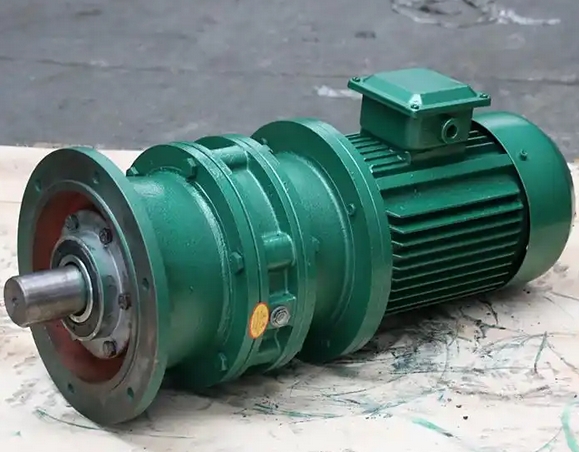Common commercial faults and solutions of worm gear reducers
The worm gear reducer is a transmission device with a large transmission ratio and a very compact structure, which is highly used in the reducer and has a wide range of applications. Moreover, with the needs of various industries in China, the role of this type of equipment is becoming increasingly apparent. In addition, after multiple technological upgrades of the equipment, various performance has also been effectively improved. However, despite this, it is inevitable that the equipment will encounter some faults and problems during use. So what are the common faults of worm gear reducers? How should we solve and handle these faults? Below, the editor will provide a detailed introduction to the relevant content for everyone.
Equipment often experiences faults and problems such as heating, oil leakage, and wear during use. The heating of the worm gear reducer is mainly due to the friction and heat generation of various components of the equipment during transmission operation. Especially, the materials of the worm gear and worm are mostly hard steel, making it easier to have gaps during transmission. In such transmission situations, the oil in the equipment will also become thinner under the action of heat, leading to oil leakage. In addition, wear and tear of components such as gears and bearings are also common faults in this type of equipment. Generally speaking, slow wear and tear is normal wear and tear of the equipment, but rapid wear and tear is an abnormal issue that needs attention.
In the face of these faults and abnormalities, it is necessary to solve them in a timely manner to avoid greater faults or losses during operation. If you want to ensure the operation effect of the worm gear reducer and reduce the occurrence of faults, you need to pay attention to the following points:
One is to ensure standardized assembly, use professional tools during installation, and try to use original factory accessories;
The second is to choose lubricants suitable for the equipment to form a protective layer for each component, reducing wear and oil leakage;
The third option is to choose horizontal installation and avoid using vertical installation as much as possible. In addition, daily maintenance of the equipment should be strengthened during use.


